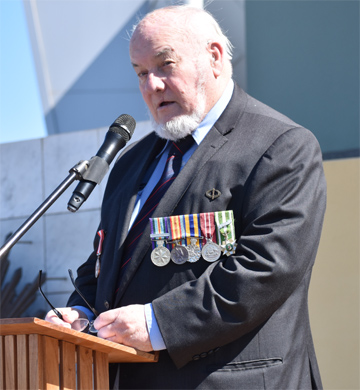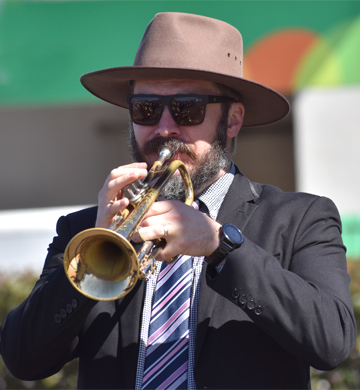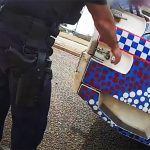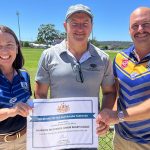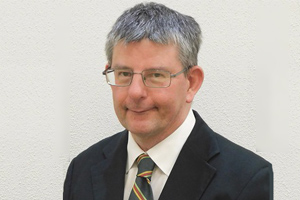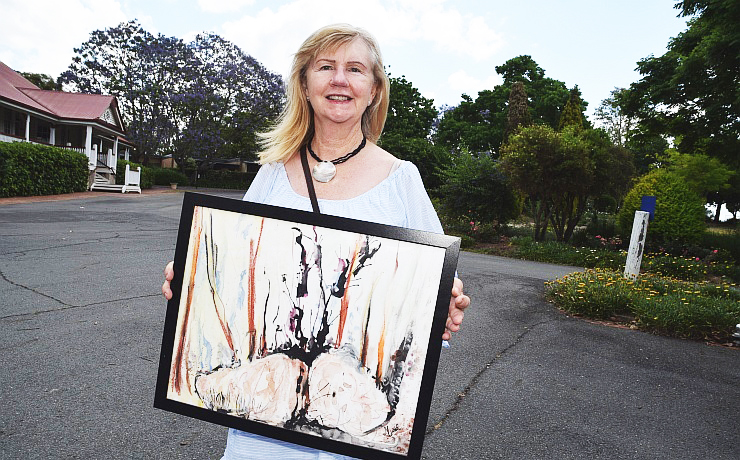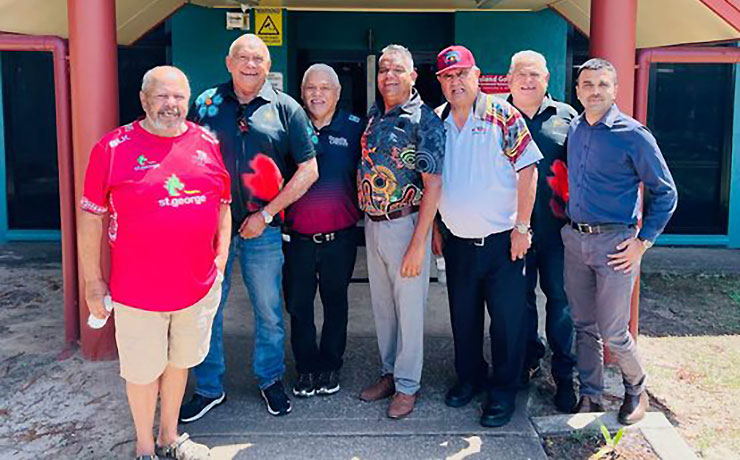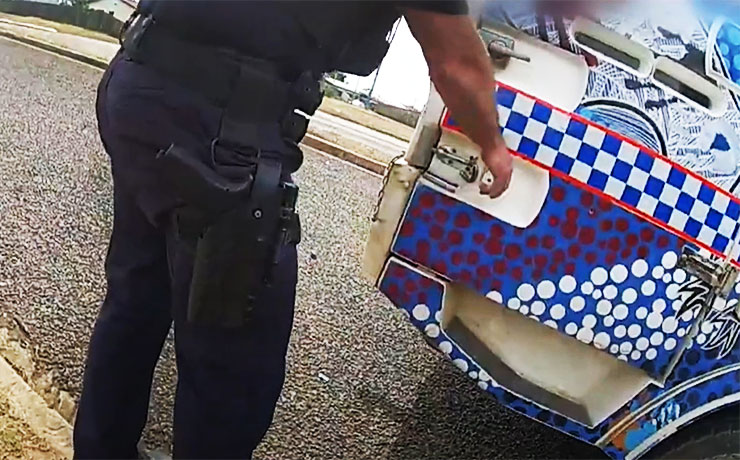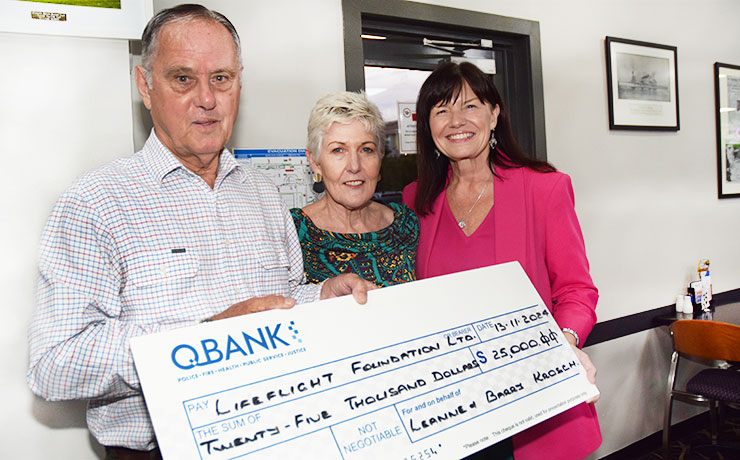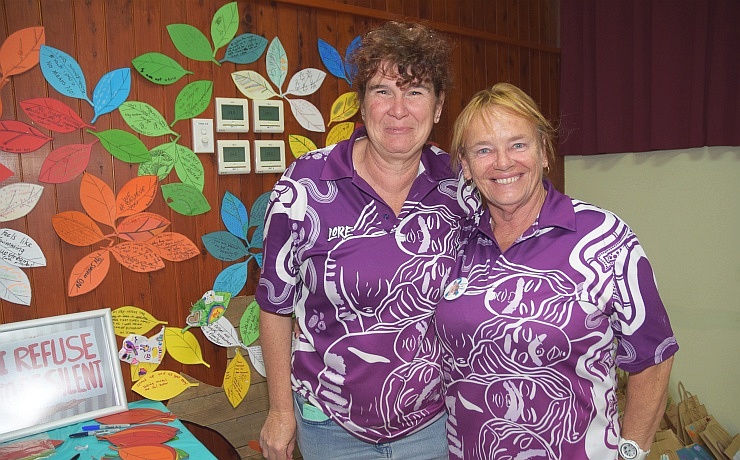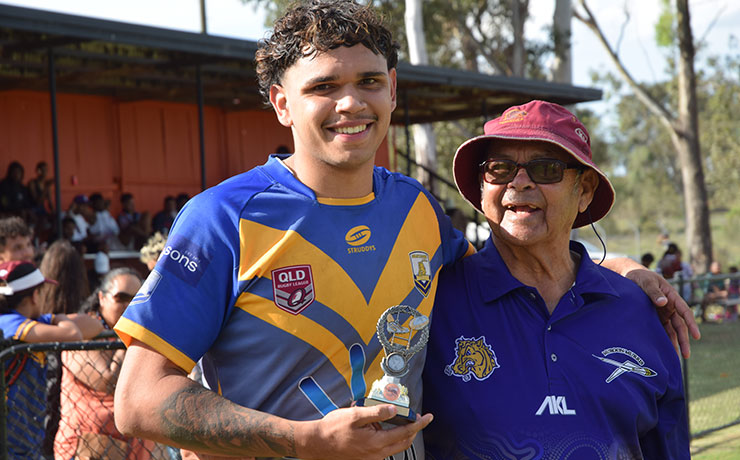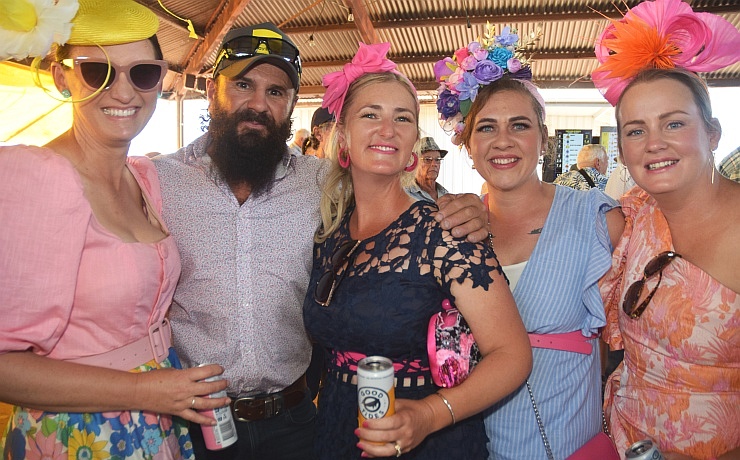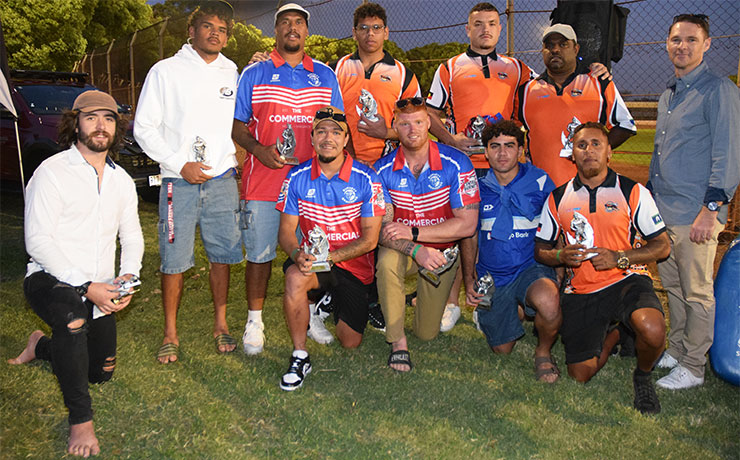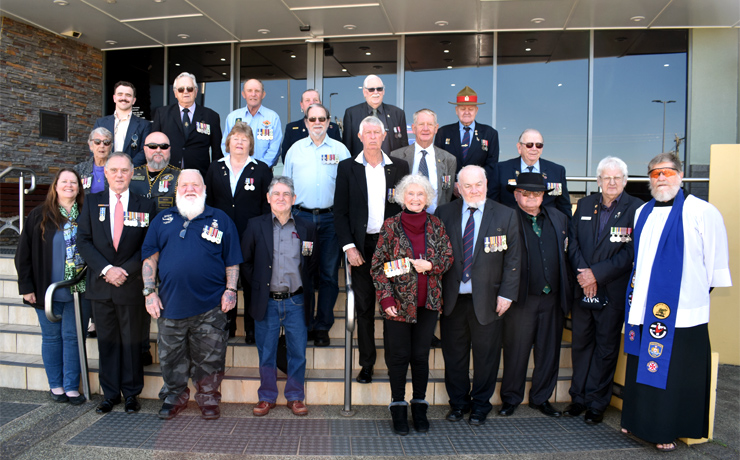
August 18, 2022
Vietnam war veterans, their families and community members gathered in towns across the South Burnett on Thursday to commemorate the 56th anniversary of the Battle of Long Tan.
Commemorations were held in Blackbutt, Nanango, Kingaroy, Wondai and Murgon.
In Kingaroy, attendees gathered in the car park of the Kingaroy RSL Club, at the foot of the flagpoles and Rising Sun plaque.
Guest speaker was Mrs Judith Dixon, the sister of the late Barry Magnussen who was conscripted and fought at Long Tan.
Lance Corporal Magnussen was awarded the Cross of Gallantry for “acts of gallantry in hazardous circumstances as a member of 4 Section, 11 Platoon, D Company, 6th Battalion, the Royal Australian Regiment (RAR), during the battle of Long Tan, Phuoc Tuy Province, Vietnam, August 18, 1966”.
He survived the battle, but died before the decoration was finally awarded to him in 2016.
Mrs Dixon spoke about the conscription debate which tore Australia apart during the 1960s.
“Ironically, the people of Australia had voted for conscription in a previous Federal Election,” she said.
“But when the marbles started to come out of the barrel, the horror of war hit home, especially when only sons were chosen.
“My brother was an only son.
“Many people tried to get out of it but to no avail for most.
“My brother Barry had two bad breaks in his legs, one break was fastened with a pin … but he was still expected to do all the training with full packs. Imagine it.
“So instead of doing his training, he spent the time in hospital to repair the damage done by these training exercises.”
She said while the conscripts joined the Regular Army, other people joined groups and marches to show their loud opposition to conscription.
Mrs Dixon said the soldiers departed for Vietnam at midnight so that opposition to their departure was a lot less, and parents and relatives “could not make a scene”.
She said the young men of D Company, including her brother, were completely outnumbered by Viet Cong at Long Tan, in a battlefield the size of two football fields.
“Everything was against this platoon surviving … the constant rain and running out of ammunition,” Mrs Dixon said.
“But a big drop of ammunition saved lives just as everyone had given up on these incredibly brave group of men.”
Mrs Dixon said the Australian people treated Vietnam veterans very badly when they came home “as if they had not suffered enough”.
“My brother told me once … that he thought those who had died on the battlefield were the lucky ones as coming home to live a normal life was impossible,” she said.
“Let us never forget the great courage shown by these men on their day of destiny, August 18, 1966.
“Lest We Forget.”
Footnote: In November 1964, the Federal Government, led by Prime Minister Robert Menzies, introduced a scheme of conscription to select 20-year-old men to serve in the army. The process for choosing them was similar to a lottery. Numbered marbles, each representing a day of the year, were placed in a barrel. A predetermined number were then drawn out randomly by hand. If the number picked corresponded to the day of the year on which a person was born, they were required to present themselves for National Service. Men “balloted in” had to perform two years continuous full-time service in the Australian Regular Army. This could include overseas service in Vietnam. After their full-time service, they were required to serve for 3 1/2 years part-time. (National Archives of Australia)
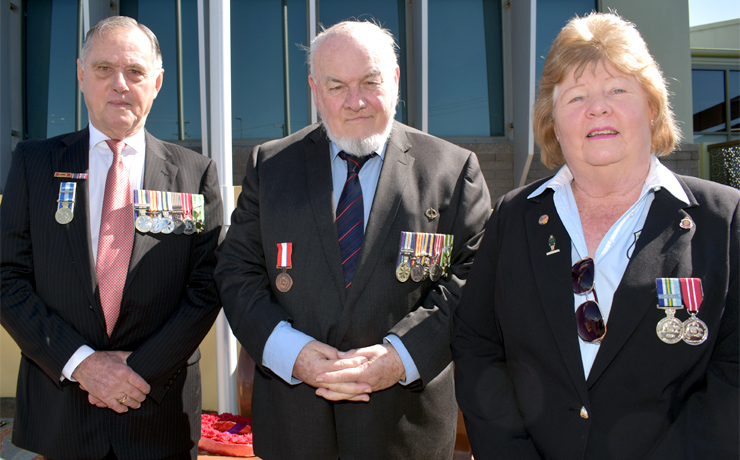
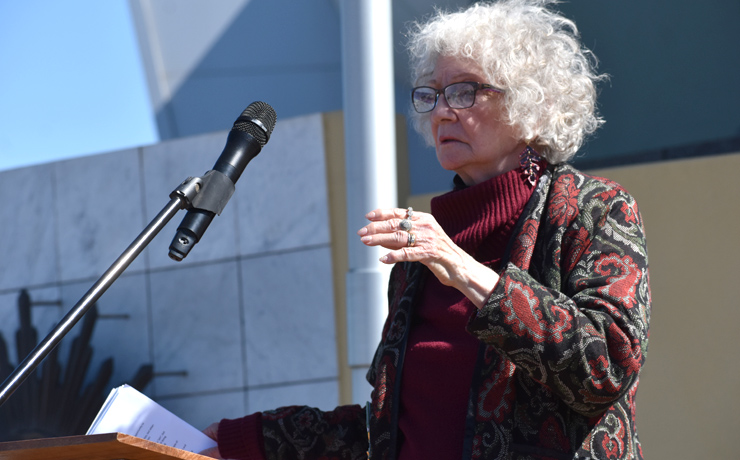
|
|
|

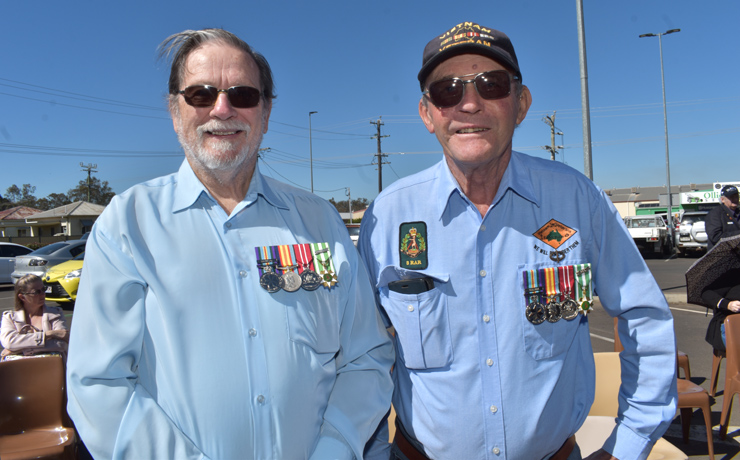
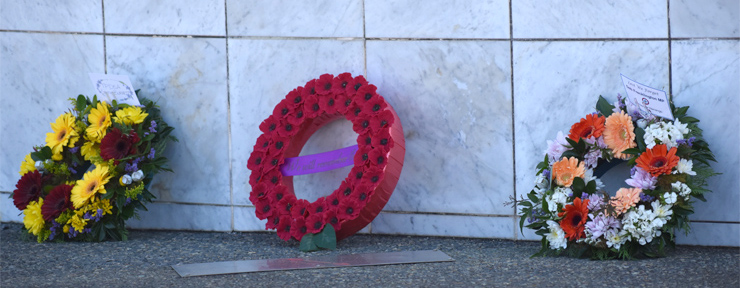
* * *
[UPDATED]






